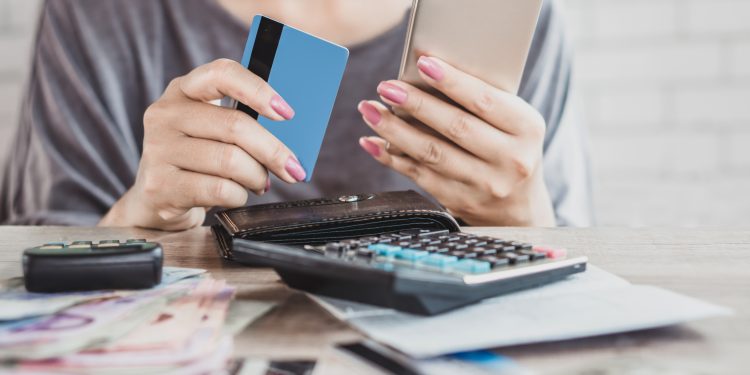Order a cup of coffee, launch an app, display a QR code, have it scanned and presto, you’ve paid for your coffee.
Increasingly, QR codes are joining the consumers’ payment repertoire. While food establishments have largely been the biggest players in the QR space, retailers are getting into the mix too. Recently, CVS announced that they are going to allow customers to pay with Pay Pal or Venmo via QR codes.
A recent article in PaymentSource, Retailers are doing more with QR codes amid the coronavirus pandemic, discusses how interest in this payment option has grown as merchants search for more “touchless” payment solutions. As the article points out:
Beyond what CVS is doing, thousands of restaurants that recently introduced QR codes as a way for consumers to access a touchless menu are looking to add ordering, payments, loyalty and other marketing elements to the experience of scanning a QR code with a smartphone.
“QR codes have been around for a while, but the pandemic is causing merchants to move to Phase 2.0 of this technology, making it more robust and versatile,” said Zachary Aron, Deloitte’s payments leader in the U.S. business and capital markets practice.
Some of these technologies require the merchant to scan a consumer generated QR code while other requires the consumer to scan a QR code generated by the merchant but the final result is the same; the code makes the payment.
Don’t let anyone tell you the payments industry is boring. There are so many different payment options in play now, and on the horizon. There are voice payments through a smart speaker, paying through connected devices like your refrigerator, cars are getting into the payments game, in some countries you can pay with your face. As all this technology comes online, when does it become too much? Or will these new technologies all coexist in the entire payments ecosphere?
Far be it from me to have a crystal ball to be able to predict how it will all settle out. I do know that merchants want the payment experience to be as seamless and fast as possible. In the past it was simple cash or card. Seamless and quick.
Offering a host of different payment option can be a double-edged sword. On one hand, it is great to give consumers a host of options when it comes to how they pay. On the other hand, too much choice has its own issues—think choice paralysis. Further, more option means more opportunity for technology to fail.
Perhaps my opinions are jaded by my own experiences. As a devoted Apple Pay user, I cannot tell you how many times I try to use it, only to be told by the cashier that the POS machine isn’t reading NFC today. Better yet:
Me: “Do you accept Apple Pay?”
Cashier: “You can try”
Overview by Peter Reville, Director, Primary Research Services at Mercator Advisory Group










